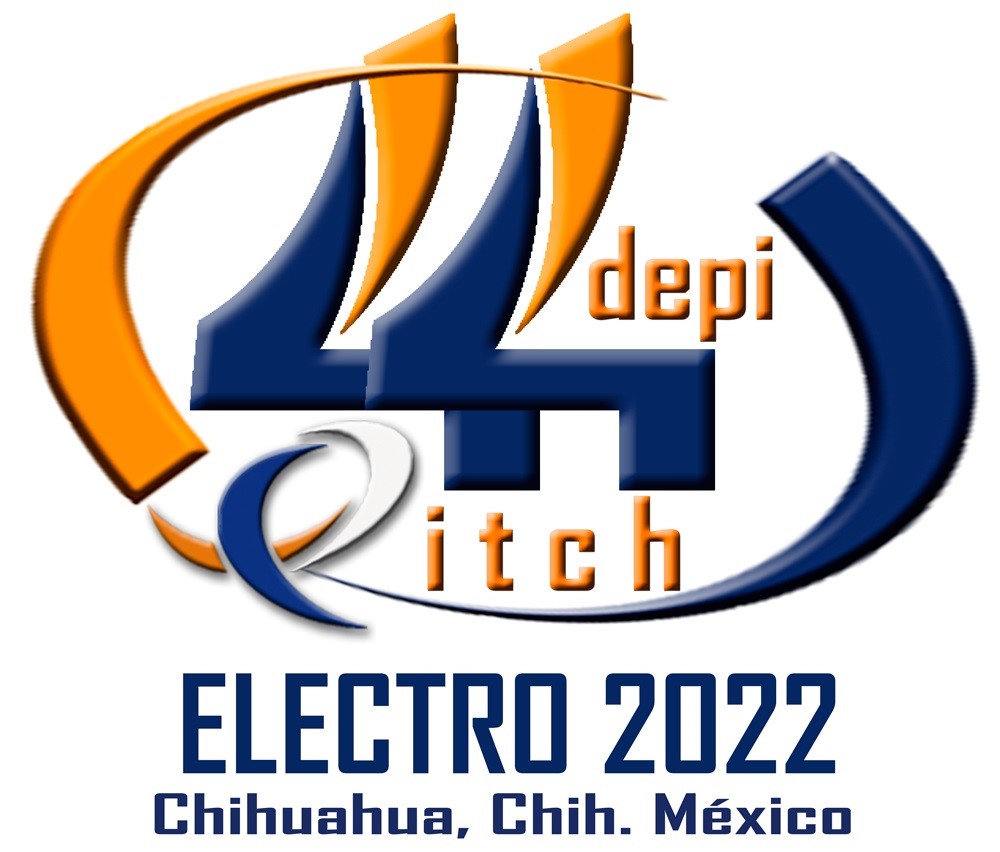
Revista ELECTRO

Vol. 44 – Año 2022
Artículo
TÍTULO
Método para Determinar el Campo FOV de una Cámara Robotiq y una Cámara Cognex en Condiciones de Diseño No Específicas
AUTORES
Ramírez Valenzuela Julio César, Bernal Alamea Irvin Norberto, Vázquez Cuevas Ignacio Javier, Ramírez Huerta Oscar Indalesio, Ochoa Alegría Martín
RESUMEN
Este trabajo es sobre la validación de dos cámaras industriales. Para esto, se utiliza un método para determinar el FoV de las cámaras en condiciones de diseño no específicas. Se usarán, la cámara de muñeca Robotiq, instalada en un robot UR3 y la cámara industrial Cognex 5400. Aunque las cámaras no son diseñadas para los mismos fines, sus aplicaciones se relacionan en cierta medida. El propósito de este artículo es probar el funcionamiento de ambas cámaras validando su funcionamiento por medio de la detección y reconocimiento de diferentes figuras geométricas. Para ello, de acuerdo a sus campos de visión, se desarrollan programas que se usarán en las pruebas de validación, necesarias para hacer el análisis de resultados a través de matrices de confusión.
Palabras Clave: Visión de máquina, Visión por computadora, Industria 4.0, Campo de visión, Validación.
ABSTRACT
This article deals with the validation of two industrial cameras. For this, a method is used to determine the FoV of the cameras in non-specific design conditions. The Robotiq wrist camera, installed on a UR3 robot, and the Cognex 5400 industrial camera will be used. Although the cameras are not designed for the same purposes, their applications are related. The objective of this approach is to test the functionality of both cameras, validating their operation through the detection and recognition of different geometric figures. To reach this objective, a program will be developed in each camera to perform the validation test according their field of view in order to analyze results using confusion matrices.
Keywords: Machine Vision, Computer Vision, Industry 4.0, Field of Vision, Validation.
REFERENCIAS
[1] Alonso, Victor, et al. "Industry 4.0 implications in machine vision metrology: an overview." Procedia manufacturing 41 (2019): 359-366.
[2] Benbarrad, Tajeddine, et al. "Intelligent machine vision model for defective product inspection based on machine learning." Journal of Sensor and Actuator Networks 10.1 (2021): 7.
[3] Pérez, Luis, et al. "Robot guidance using machine vision techniques in industrial environments: A comparative review." Sensors 16.3 (2016): 335.
[4] Hoseini, Pourya, et al. "Active eye-in-hand data management to improve the robotic object detection performance." Computers 8.4 (2019): 71.
[5] Mateo, C. M., P. Gil, and F. Torres. "Visual perception for the 3D recognition of geometric pieces in robotic manipulation." The International Journal of Advanced Manufacturing Technology 83.9 (2016): 1999-2013.
[6] Lewis, John. "Introduction to machine vision." Cognex Corporation (2020).
[7] Robotiq Wrist Camera for Universal Robots instruction manual. ROBOTIQ (2021).
[8] In-Sight Vision Sensors, Product Specification and Drawing 2006-1, COGNEX (2006).
[9] Alegre Gutiérrez, Enrique, Gonzalo Pajares Martinsanz, and Arturo de la Escalera Hueso. "Conceptos y Métodos en Visión por computador." Espanya, Juny (2016).
[10] Dansereau, Donald G., et al. "A wide-field-of-view monocentric light field camera." Proceedings of the IEEE Conference on Computer Vision and Pattern Recognition. 2017.
CITAR COMO:
Ramírez Valenzuela Julio César, Bernal Alamea Irvin Norberto, Vázquez Cuevas Ignacio Javier, Ramírez Huerta Oscar Indalesio, Ochoa Alegría Martín, "Método para Determinar el Campo FOV de una Cámara Robotiq y una Cámara Cognex en Condiciones de Diseño No Específicas", Revista ELECTRO, Vol. 44, 2022, pp. 213-218.
VERSIÓN PDF